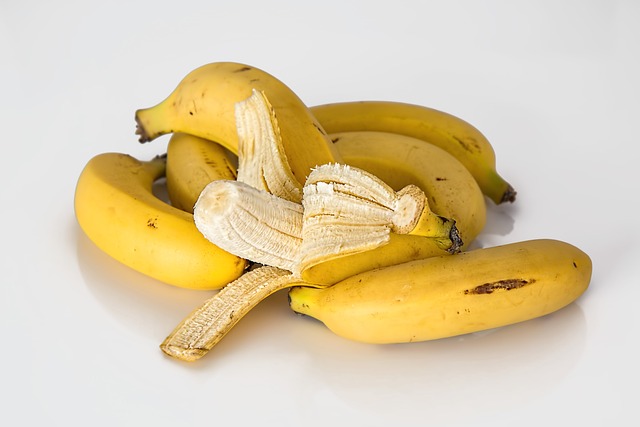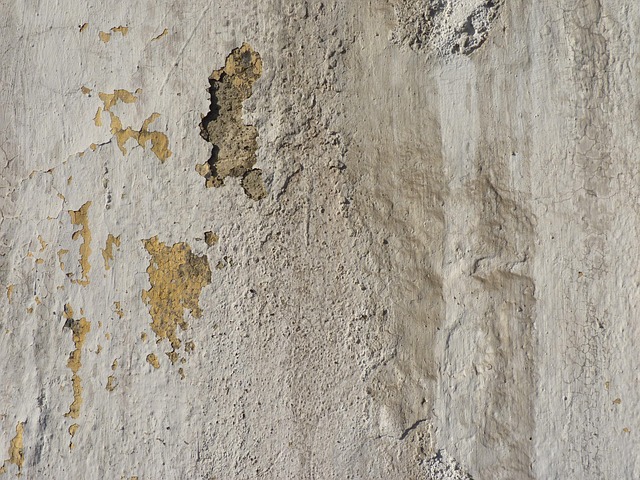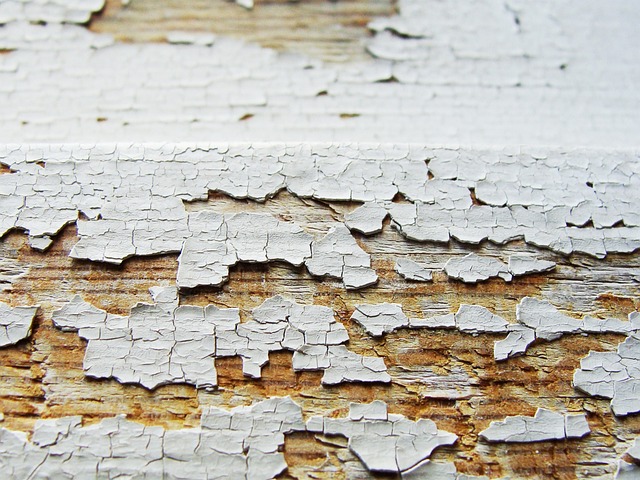Skin resurfacing peels are non-invasive treatments that gently exfoliate the top layers of skin, addressing concerns like fine lines, wrinkles, and acne scars. There are two types: chemical peels (using acids) for mild issues and surface rejuvenation, and physical peels (abrasive tools) for deeper scarring. With minimal downtime and long-lasting results, these peels enhance collagen production, improve skin texture, and reduce hyperpigmentation. Choosing the right peel strength and active ingredients is crucial, with consultation from a dermatologist recommended. Post-peel care involves gentle cleansing, hydration, and sun protection to maximize benefits and minimize potential side effects.
Unveil your skin’s radiant potential with the transformative power of Skin Resurfacing Peels. These gentle exfoliation treatments are a popular choice for achieving a youthful glow. Our comprehensive guide explores the benefits and intricacies of this procedure, delving into different peel types, from chemical to physical, and offering expert advice on selection, safety, recovery, and integration into your skincare routine. Discover how regular peeling can enhance your complexion, revealing a fresh, revitalized you.
Understanding Skin Resurfacing Peels: A Gentle Exfoliation Process

Skin resurfacing peels, a popular skincare treatment, offer a gentle yet powerful way to exfoliate and rejuvenate the skin. This process involves applying chemical solutions or using mechanical tools to remove the upper layers of the dermis, revealing smoother, more radiant skin beneath. Unlike harsher abrasives, these peels target specific skin concerns while maintaining overall skin integrity.
The exfoliation process gently removes dead skin cells and unclogs pores, reducing the appearance of fine lines, wrinkles, and acne scars. This non-invasive procedure is a preferred choice for many due to its minimal downtime and ability to provide long-lasting results. Skin resurfacing peels can be tailored to different skin types and concerns, making them a versatile solution for achieving a youthful glow.
Types of Peels for Youthful Glow: Chemical vs. Physical

When it comes to achieving a youthful glow, skin resurfacing peels are a popular and effective method. These treatments work by exfoliating the top layer of the skin, eliminating dead skin cells, and stimulating new cell growth. There are two primary types: chemical and physical peels.
Chemical peels use acid solutions, like glycolic or salicylic acid, to chemically exfoliate the skin, targeting fine lines, wrinkles, and uneven skin tone. This method offers a non-invasive approach with minimal downtime. Physical peels, on the other hand, involve the application of abrasive tools or substances to mechanically remove dead skin cells. These peels can be more aggressive, suitable for addressing deeper issues like acne scars and rough skin textures, but may require a longer recovery period.
Benefits of Regular Skin Peeling for a Radiant Complexion

Regular skin peeling, often referred to as skin resurfacing peels, offers a multitude of benefits for achieving a radiant and youthful complexion. These treatments gently exfoliate the top layer of skin, removing dead cells and revealing smoother, softer, and brighter skin beneath. By eliminating this buildup, skin peels enhance absorption of moisturizers and serums, allowing for better product penetration and enhanced skincare results.
Moreover, skin resurfacing peels stimulate collagen production, a key component in maintaining skin elasticity and firmness. This process helps to minimize the appearance of fine lines and wrinkles, creating a more even and smooth skin texture. Regular peeling also unclogs pores, prevents acne scars from forming, and reduces hyperpigmentation, leaving skin with a healthy, luminous glow that reflects overall skin health and vitality.
Choosing the Right Peel for Your Skin Type and Concerns

When considering skin resurfacing peels, it’s crucial to select a treatment tailored to your unique skin type and specific concerns. Different peel strengths and active ingredients cater to various needs, from addressing fine lines and wrinkles to acne scars or hyperpigmentation. For instance, gentle alpha hydroxy acids (AHAs) like glycolic acid are ideal for normal to dry skin, offering light exfoliation and enhancing product absorption. In contrast, stronger beta hydroxy acids (BHAs) such as salicylic acid target oily and acne-prone skin by deeply cleansing pores and reducing inflammation.
Understanding your skin’s needs is key to achieving optimal results. Combining a consultation with a dermatologist or skincare expert can help you determine the best peel type and concentration. They can guide you through options, ensuring you choose a safe and effective treatment that aligns with your skin’s requirements, ultimately promoting a youthful glow.
Safety Precautions and Potential Side Effects to Be Aware Of

When considering skin resurfacing peels, it’s crucial to be aware of safety precautions and potential side effects. These procedures, while effective for achieving a youthful glow, involve exfoliating the top layers of the skin to stimulate collagen production. As such, they can cause temporary redness, swelling, and sensitivity. Some individuals may also experience mild discomfort or irritation during and after the treatment.
To mitigate these risks, always consult with a licensed dermatologist who can assess your skin type and medical history. Following their instructions for pre- and post-treatment care is essential. Additionally, be mindful of using sunscreen regularly, as your skin will be more susceptible to sun damage immediately after the peel. Remember that every treatment plan should be tailored to your specific needs, ensuring a safe and successful outcome.
Post-Peel Care: Maximizing Results and Recovery Time

After a skin resurfacing peel, proper post-care is essential to maximize results and promote faster recovery. The first 24 to 48 hours are critical; gently cleanse your face with a mild, fragrance-free cleanser to remove any buildup without irritating the treated skin. Avoid using hot water, as it can strip away the protective layer formed after the peel. Instead, use lukewarm water and pat your face dry gently with a soft, clean towel.
Moisturize your skin regularly to keep it hydrated; this aids in the healing process and helps prevent flaking or dryness, common side effects of skin resurfacing peels. Opt for lightweight, non-comedogenic moisturizers suitable for sensitive skin. Additionally, sunscreen is mandatory during this period; apply a broad-spectrum SPF 30 or higher every morning to protect the newly exposed skin from UV damage while it heals. Continue with these gentle care steps, and your skin will gradually regain its youthful glow, revealing smoother, more even-toned complexions.
Expert Tips for Incorporating Peels into Your Skincare Routine

Incorporating skin resurfacing peels into your skincare routine requires a thoughtful, strategic approach. Start by consulting a dermatologist to determine the best type of peel for your skin concerns, whether it’s chemical or physical. Chemical peels use active ingredients like glycolic acid to exfoliate and stimulate collagen production, while physical peels use tiny abrasive particles to slough off dead skin cells. Both can improve texture, fine lines, and hyperpigmentation.
Consistency is key. Regularly scheduled peels, often weekly or bi-weekly, allow for gradual, safe results without over-exfoliation. Always prepare your skin beforehand by cleansing and avoiding sun exposure. After the peel, follow up with a hydrating moisturizer to soothe and nourish your newly revealed skin. Remember, proper post-peel care is essential for achieving that youthful glow.
